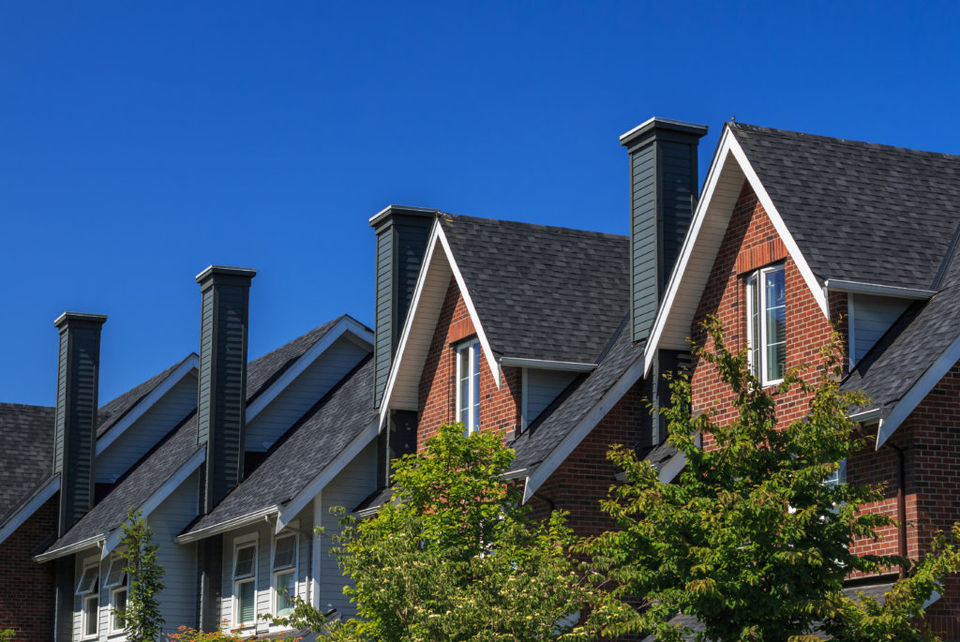
According to the Washington Post (January 2, 2020) the ‘nation is in the grip of an affordable housing crisis’.
This problem has been an issue for decades.
And the financial crisis that is following the Coronavirus or COVID-19, hasn’t helped at all.
Construction companies are concerned that the cost of building affordable housing has risen significantly. Builders struggle to make the economics work to construct housing that most Americans can afford.
In Lancaster, Pennsylvania, Mayor Danene Sorace was quoted in the Lancaster Newspaper (January 29th, 2020) as saying:
“Housing is one of the most pressing needs in our community. Accessing affordable housing is akin to winning the lottery.”
The Federal Government says that an estimated 12 million renter and homeowner households now pay more than 50% of their annual incomes for housing. If a family pays more than 30% of their income for housing, it is considered a cost burden.
The affordable housing crisis in the U.S. is worsening, making paying high rents unmanageable for those in low-paying jobs, people with disabilities, families with children, and low-wage seniors. Low-earning workers struggle to pay rent and still make ends meet.
Low-income people of color are unduly burdened by this disaster. According to the National Low Income Housing Coalition, nationally, there is a shortage of 7 million homes affordable and available to the lowest-income people; for every 10 of the lowest-income people, there are fewer than 4 homes affordable and available to them. Every state and community – whether urban, rural, or suburban – is directly impacted.
Developers and Builders must build more affordable rental housing for working families. These homes must be safe, attractive, and offer nearby services that strengthen the community by giving people the tools and inspiration to meet their housing and financial challenges.
Until this is accomplished, millions of working families and others will suffer.
Jeremy Feakins is the Founder and CEO of the OZFund, a community focused Qualified Opportunity Fund with a multi-use affordable apartment and commercial space development project in the advanced planning stages, in Lancaster, Pennsylvania.